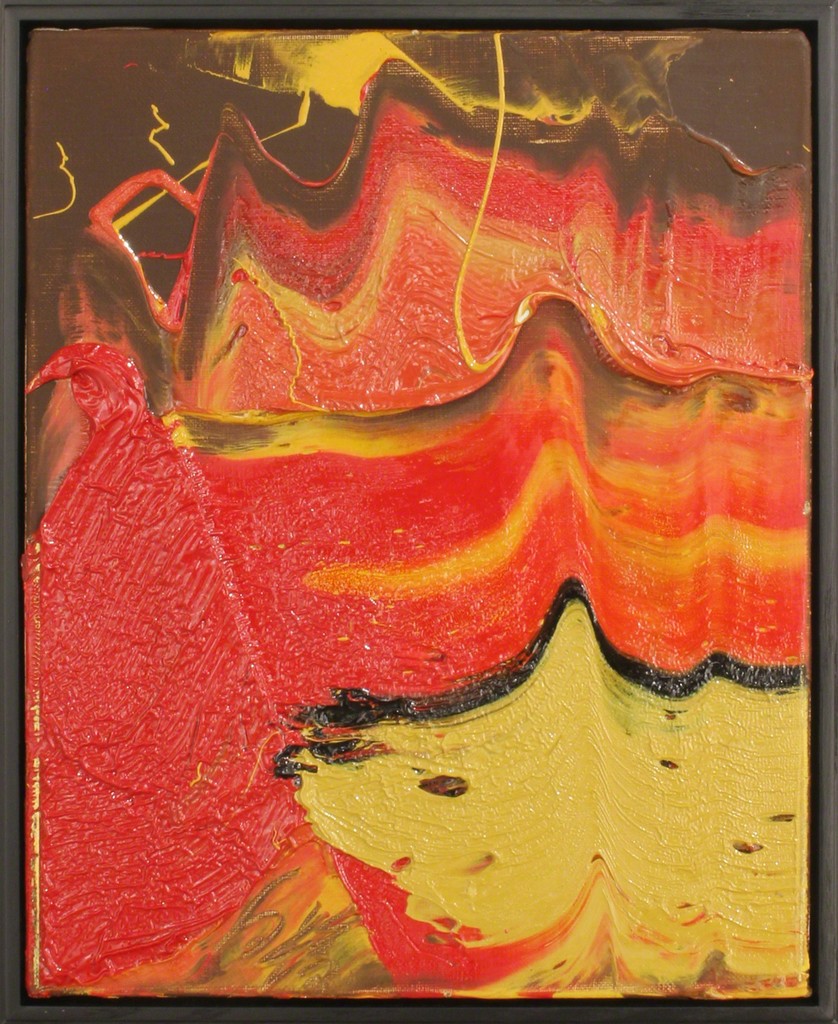

Donald Judd’s 1965 article ‘Specific Objects’ attempted to establish the aesthetics of Minimalism.

Several artists published articles during that period, which helped to shape and define the minimalist art movement. Key artists: Donald Judd, Dan Flavin, Carl Andre, Sol Lewitt, Frank Stella, Agnes Martin, Robert Morris, Mary Corse, John McCracken, Larry Bell, Robert Irwin. Key words: abstract sculpture and painting, geometric shapes, light installations, New York, West Coast The personal, gestural elements were stripped away with the aim to reveal the objective, visual elements of art. These artists wanted to create art that referred only to itself, allowing the viewer an immediate, purely visual response. Each of these groups had pioneered radical abstraction, and inspired artists like Donald Judd, Dan Flavin and Robert Morris to explore new directions in their art. In that period, works by the Dutch De Stijl artists, Russian Constructivists, and members of the German Bauhaus were being shown in New York. Earlier European abstract movements greatly influenced American minimalist art creators.

The Minimalism art movement is one of the most influential of the 1960s, emerging in New York City among a number of young artists who were moving away from Abstract Expressionism and favoured a sleek, geometric aesthetic instead, which would manifest itself in minimalist art.


 0 kommentar(er)
0 kommentar(er)
